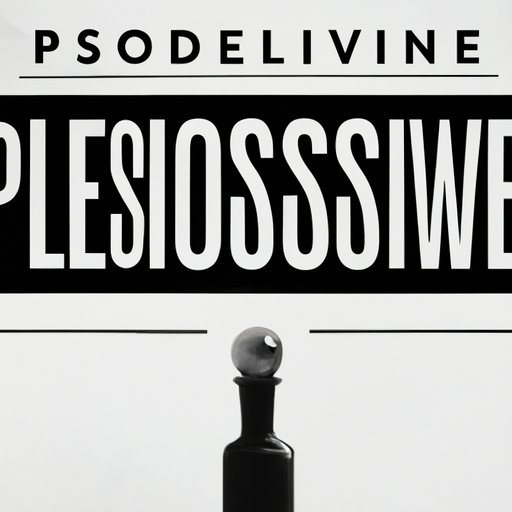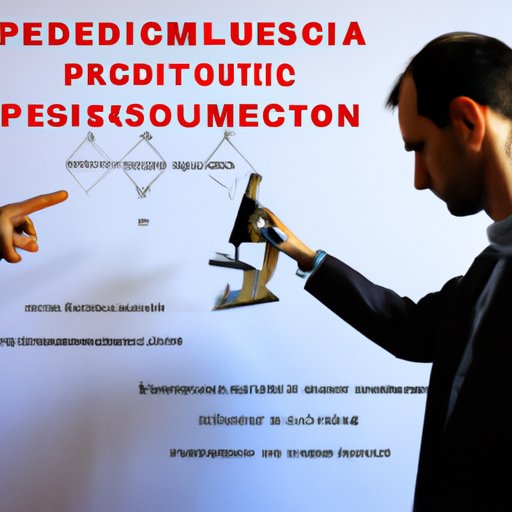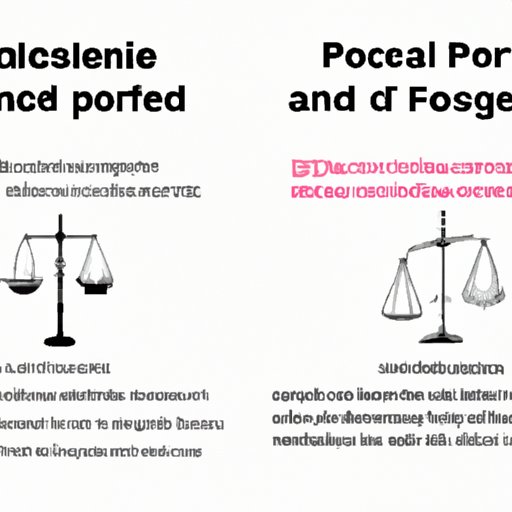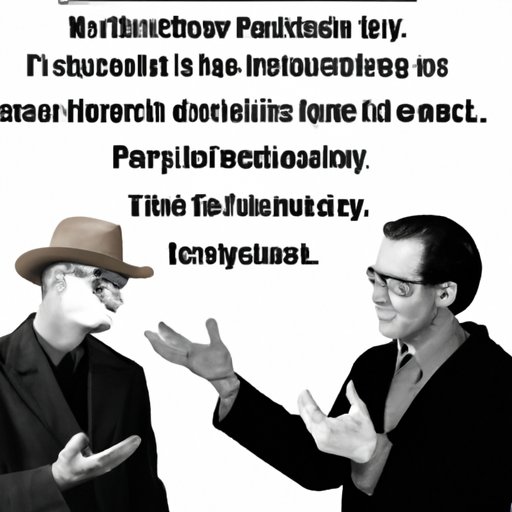Introduction
Pseudoscience is a term used to describe beliefs and practices that masquerade as science but fail to meet the criteria of scientific evidence. In contrast, real science is based on evidence gathered through observation, experimentation, and analysis. This article will explore why pseudoscience is not considered real science, examining the differences between them in terms of the evidence presented, the means of testing hypotheses, and the standards of proof required.
Examining the Differences Between Pseudoscience and Real Science
One key difference between pseudoscience and real science is the nature of the evidence presented. Pseudoscience often relies on anecdotal evidence or personal testimonies, which are not as reliable as hard scientific evidence. Real science, on the other hand, uses more rigorous methods such as controlled experiments, statistical analysis, and peer-reviewed studies.
Another difference is the means of testing hypotheses. Pseudoscience often relies on confirmation bias, selectively interpreting data to support predetermined beliefs. Real science, however, follows the scientific method, using objective observations to test hypotheses and draw conclusions.

Exploring Why Pseudoscience is Not Accepted by the Scientific Community
The scientific community has generally rejected pseudoscience due to its lack of empirical evidence. As noted by physicist Neil deGrasse Tyson, “The good thing about science is that it’s true whether or not you believe in it.” In other words, evidence must be collected and analyzed objectively in order for a hypothesis to be accepted by the scientific community.
In addition, the standards of proof required for pseudoscience are not as stringent as those for real science. For example, the burden of proof for pseudoscience is much lower and does not require the same level of replication or peer review as real science. This makes it difficult for the scientific community to accept pseudoscience as legitimate.
Analyzing the Lack of Empirical Evidence in Pseudoscience
Pseudoscience often lacks empirical evidence due to unreliable methods of data collection. For instance, many pseudoscientific theories rely on anecdotal evidence or personal testimonies, which can be easily biased or misleading. In addition, pseudoscience often has inadequate sample sizes or poorly designed experiments, making it difficult to draw accurate conclusions.

Investigating How Pseudoscience Differs from Real Science in Terms of Methodology
Pseudoscience and real science also differ in terms of their approaches to formulating hypotheses. Pseudoscience often begins with a preconceived notion, while real science starts with an open-minded inquiry. Furthermore, pseudoscience typically interprets data in a subjective manner, while real science employs objective analysis.

Comparing and Contrasting the Standards of Proof for Pseudoscience and Real Science
The standards of proof for pseudoscience and real science also differ significantly. The rigor of the peer-review process and the level of replication required for a hypothesis to be accepted vary greatly between the two. For example, pseudoscience is often accepted without any rigorous testing, whereas real science requires multiple replications and a thorough peer-review process before it can be accepted as fact.

Discussing the Implications of Relying on Pseudoscience Rather than Real Science
Relying on pseudoscience rather than real science can lead to inaccurate interpretations and potentially harmful consequences. For instance, individuals may use ineffective treatments or follow misleading advice based on pseudoscientific claims. Similarly, society may suffer if policies or regulations are enacted based on faulty pseudoscientific theories.
Assessing the Potential Dangers of Following Pseudoscience
Following pseudoscience can have serious consequences, both for individuals and for the advancement of science. Individuals may risk their health or well-being by using ineffective treatments or following misleading advice. On a larger scale, following pseudoscience can hinder the progress of science by diverting resources away from valid research and undermining public trust in the scientific process.
Conclusion
In conclusion, pseudoscience is not accepted by the scientific community due to its lack of empirical evidence, different approach to formulating hypotheses, and lower standards of proof. Relying on pseudoscience rather than real science can lead to inaccurate interpretations and potential harm to individuals and society. Therefore, it is important to recognize the differences between pseudoscience and real science and understand why the former is not considered legitimate.
(Note: Is this article not meeting your expectations? Do you have knowledge or insights to share? Unlock new opportunities and expand your reach by joining our authors team. Click Registration to join us and share your expertise with our readers.)
